Chardonnay is a white grape variety used to produce wine; it originates from the regions of Burgundy and Champagne, France, where it has been grown since ancient times. Chardonnay is the king of white variety grapes, being exceptionally popular. Chardonnay is the most famous variety of grape in the world, that forms the basis of one of the most widely beloved wines.
Chardonnay's reputation is founded on the classical regions of its distribution in France. In Burgundy, Chardonnay is a main variety. The wines of Côte Chalonnaise and Chablis are world-class. The Chablis region is another Chardonnay-producing region. The cultivars of the 3 varieties are found there, approved for the production of French champagne - Chardonnay, Pinot Meunier and Pinot Noir.
Besides in France, Chardonnay is widespread in many other countries in the world. Chardonnay possesses several clone varieties - some have a musky tone and are called "Chardonnay musqué", while the pink colored grapes are called "Chardonnay rose".
Chardonnay is a relatively early ripening sort - it ripens at the end of August. It grows at a medium rate, gives medium crop yields. It prefers deeper, richer calcareous soils at the foot of hills. It gives excellent results in cooler regions.
The Chardonnay grape cluster is small - 3.5 oz (95 g), cylindrical-conical, loose to medium dense and firm. The grapes are tiny and spherical, yellow-green with a nice golden tinge on the side facing the sun. They have a waxy natural coating and small brown spots. The meat of the grapes is juicy, with a pleasant taste. The skin is tough and thin.
The sugar content of its grape juice is 18-22.9 g per 100 ml, while the acidity is 11.6-8.2 g per liter. Chardonnay must be picked before the acids levels begin to drop - that is the moment right before the grape begins to develop its true character. Chardonnay winemaking requires modern technology for controlling the temperature in the wine cellar. An interesting fact is that Chardonnay is now so popular that it's being grown in climatic zones that do not seem suitable at all - India, England and Uruguay.

History of Chardonnay
Chardonnay has been cultivated since ancient times in the lands of Mesopotamia - Modern-day Lebanon. Much later, in the 9th century, Chardonnay was taken to France, in the lands of Burgundy, where monks began cultivating it and put it on its journey to worldwide popularity. Genetic testing reveals that Chardonnay is a hybrid variety, whose ancestors were Pinot Noir and Gouais Blanc.
During the 60s of the 20th century, winemakers from Australia and California chose Chardonnay as a new variety to plant in wide areas of land. The choice of then winemakers cannot be considered accidental by any means - Burgundy wines, made from 100% Chardonnay were some of the most reputable wines of that time. Even today, Burgundy white wines are considered the quality standard.
Then come 20 years in which all of the other wine producing countries watch with great interest what is unfolding in California and Australia - complete and unparalleled success of Chardonnay. Because of this truly unheard of success, vineyards with Chardonnay immediately began cropping up all over the world. The rate at which the vineyards were planted can be likened to a mass hysteria among winemakers. Many other varieties were even rooted out and thrown out, just to make room for the new variety that essentially took complete control over the taste buds of the masses - Chardonnay.
Besides its unbelievable taste qualities, Chardonnay gained great popularity among wine producers because of its unpretentiousness towards soils and climate conditions, excellent resistance against most diseases and good acidity levels.
Nowadays, Chardonnay has become a synonym of white wine in North America. In 1990, it surpassed Riesling and became the most prevalent variety in the states of Texas, Oregon and Washington.
Characteristics of Chardonnay
Chardonnay wines can boast a full body, enough alcohol content and a lingering taste.
Chardonnay is characterized by unbelievable fruity flavors, that often remind of a delightful yellow fruit (pineapple, papaya, pear and melon), when the wine is produced from well ripened grapes. Chardonnay is often very full-bodied, with a relatively high alcohol percentage, allowing it to mature in new oak kegs.
The best Chardonnays from California and Australia are indeed such and easily win the hearts of people with their unbelievable coconut and sweet vanilla flavors, owing these to the newly made keg. In general, the taste of the wine differs depending on the origins of the grapes and the winemaking.

In addition, Chardonnay is an extraordinarily popular wine because of its unique olive nuances, as well as the whole basket of fruits felt in its taste - melon, apple, quince, lemon, grapefruit, fig. Burgundy Chardonnays can also boast of their rich array of flavors and fruit tastes, with the predominant ones being apple, pear and lemon, combined with an exceptional mineral presence. Stronger Chardonnays are attributed to having the taste of butter or nuts.
Serving Chardonnay
Chardonnay combines absolutely well with fresh vegetables and different summer dishes. It is a supreme companion of oily fish and seafood. The flavorful white wine is an exquisite complement to seafood salads, as well as complex salads that have a lot of ingredients. Oysters and Chardonnay are a refined combination, suitable for even the most special of occasions.
Chardonnay is perfect with various types of pasta, especially spaghetti and lasagna that are made with a thick cream sauce. Tender chicken and veal, soft cheeses such as brie and Camembert also make for a first-rate companion to Chardonnay.
And since Chardonnay is such a refined wine, it goes finely with light and exquisite appetizers. It can be served with a dessert, mostly fruits and light cakes with a fruit cream.
The temperature is one of the most important factors when drinking wine, with it needing to be 9-11% ABV for Chardonnay.
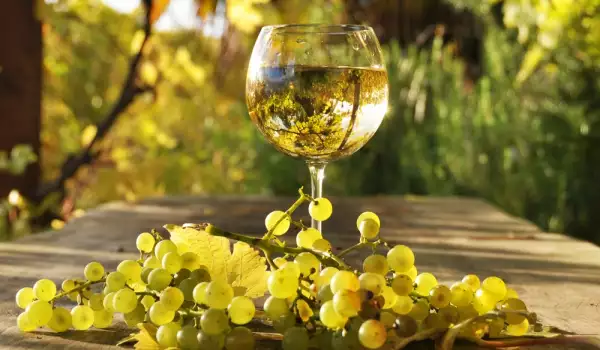



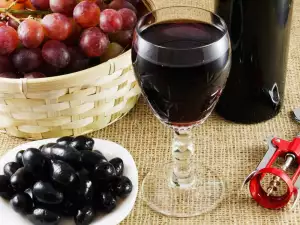
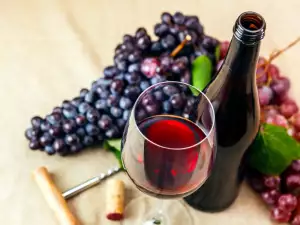




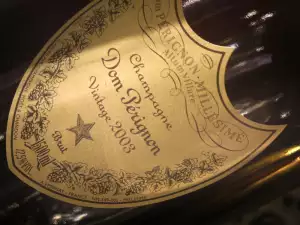


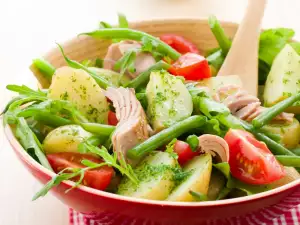


Comments